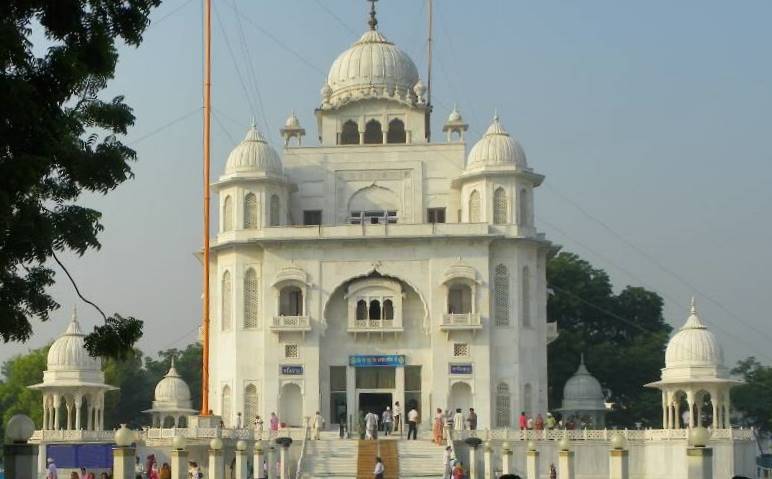Explore the Rikabganj Agitation (1913-20), a pivotal Sikh protest against the British demolition of the Gurdwara Rikabganj wall in New Delhi.
Discover the intense Sikh-Muslim conflict in Punjab over the sacred Gurdwara Shahidganj site in Lahore from 1935 to 1940. Learn about its historic significance.
Explore Akali Dal's pivotal role in Sikh rights and Gurdwara reform movement of the 1920s, ensuring religious heritage preservation.
Discover Balvant Singh's role in the Ghadr movement and his advocacy for Indian immigrants' rights in early 20th-century Canada.
Explore the Guru Ka Bagh Morcha, a pivotal 1920s Sikh campaign for sacred reform near Amritsar, marking a historic stand against oppressive forces.
Explore the pivotal role of Ludhiana Political Agency in Anglo-Sikh relations. Discover its transformation from a military post to a diplomatic hub.
Explore Punjab & Kashmir in the 1830s with Victor Jacquemont's unique insights on Ranjit Singh's court & more in this timeless historical account.
Explore the inspiring story of Subeg Singh, an 18th-century Sikh martyr who remained steadfast in faith against adversity. Learn about his legacy and courage.
Dive into the Akali Movement, a peaceful struggle for Sikh gurdwara control in the 1920s. Discover its impact on religious governance and Sikh society.
BHAG SINGH, RAI (d. 1884) was son of Rai Kishan Chand Bhandari who worked as a vakil or agent under the Sikh government. In the beginning of 1838 when Rai Kishan Chand accompanied Colonel Wade to Peshawar, Bhag Singh officiated in his place as agent at Ludhiana, in the British territory. After the first AngloSikh war (1845-46), Bhag Singh took over as agent of the Lahore Darbar with the Commissioner of transSutlej states; in 1848 he was awarded the title of Rai and a dress of honour.




